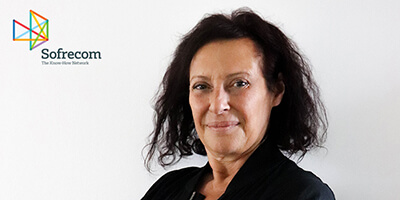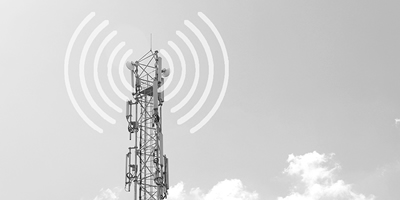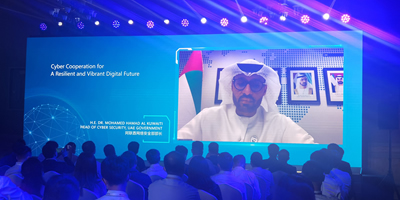By Maria Gabriella Macra, senior consulting manager, Sofrecom
The launching of 5G raises the topic of the digital gap/divide between developed and emerging countries, and between rural and urban areas within developed countries. Although theoretically, technology can fill this gap by eliminating the costs of building “buried” broadband access networks (fiber), the reality of backhauling needs shows that the difference in costs, at least in the short term, is not so significant. Verizon, which has already replaced the deployment of fiber optics in favor of fixed 5G network, has greatly reduced its ambitions, even though the target clientele was wealthy groups in residential areas of American cities.


















